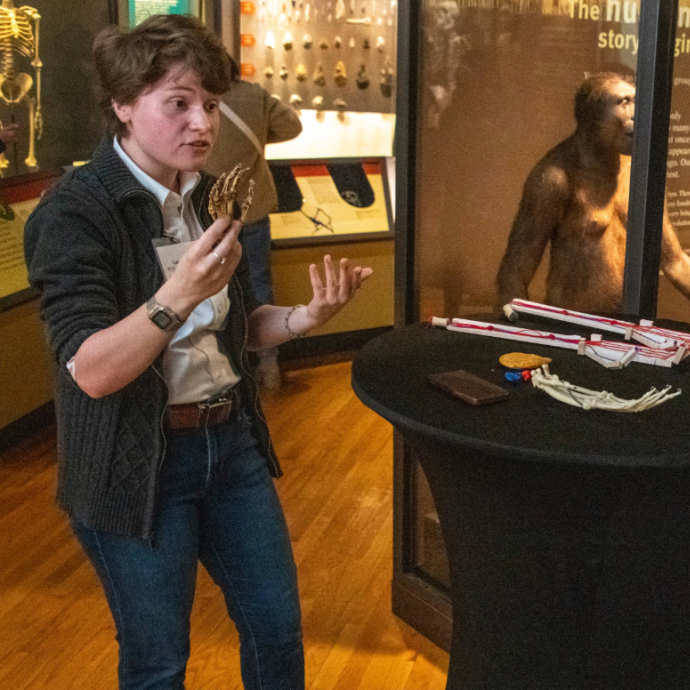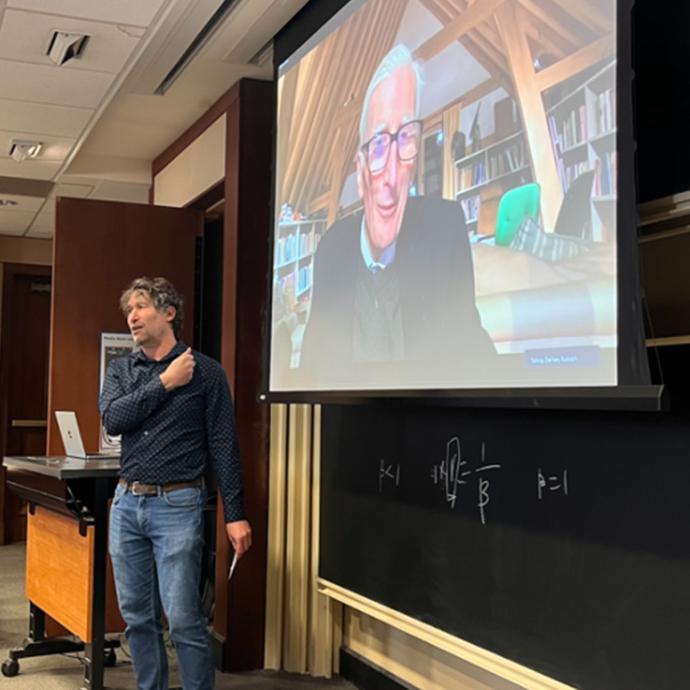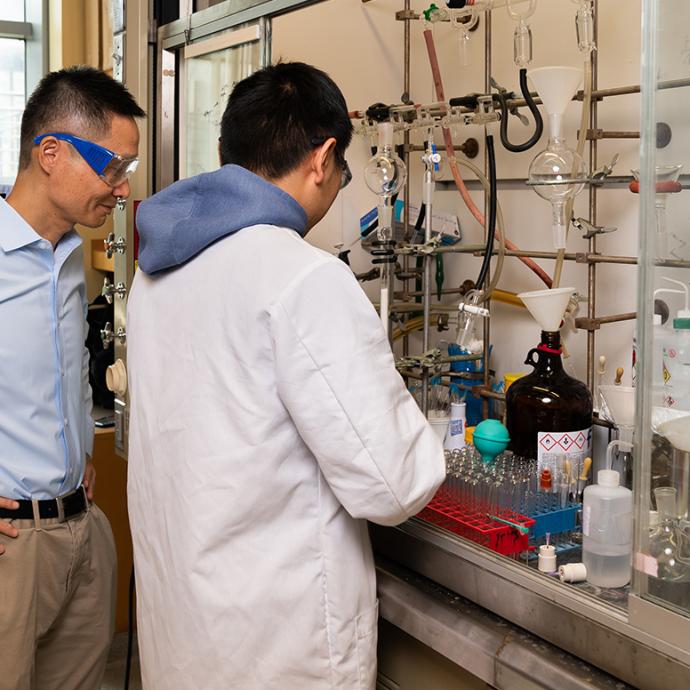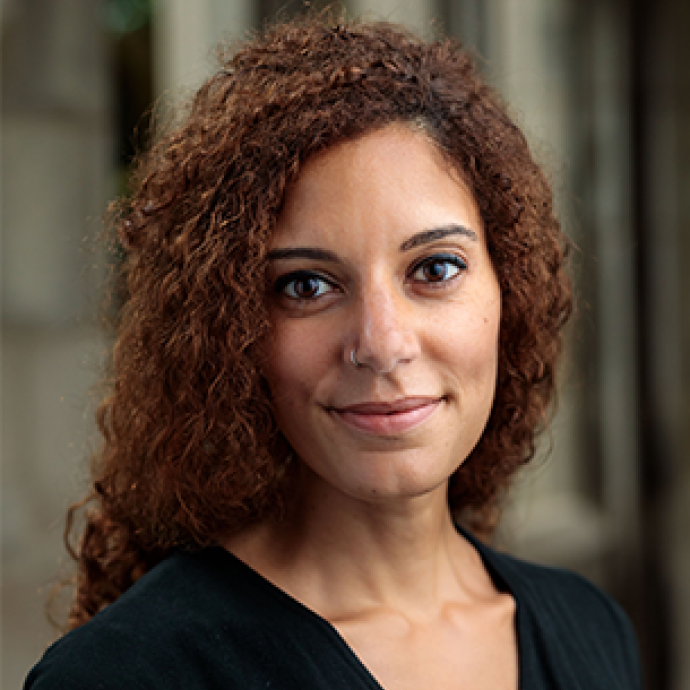The University’s recently completed reference work to a dead Mesopotamian language has a lively following.
Soon after its completion was announced in early June, downloads of the Chicago Assyrian Dictionary, published at the Oriental Institute, skyrocketed — going from 4,429 in May to 64,301 for the month of June. Interest continued strong, and by the end of July, the dictionary had garnered more than 100,000 downloads from the Oriental Institute’s website. The Oriental Institute provides free electronic access to all its published material and also sells most of its publications in print form.
The response has pleased Martha T. Roth, editor-in-charge of the Assyrian Dictionary. A conference held to mark the completion of the 21-volume publication in early June drew a large international crowd of more than 100 scholars, she said.
“Scholars as well as people engaged in current events are interested in the earliest records of human civilization and in the universal human experience,” said Roth, the Chauncey S. Boucher Distinguished Service Professor of Assyriology and dean of the Division of the Humanities. “Investigating and understanding the past is an obligation of the academy.”
UChicago researchers worked for 90 years to complete the dictionary, which is more than a word list; rather a comprehensive reference to life in a region that gave birth to the world’s first urban civilizations.
The breadth and depth of coverage in the volumes influenced the progress of generations of scholarship, Roth said. The dictionary, which documents the ancient west Semitic language known as Akkadian, is the most comprehensive resource available to anyone interested in learning more about how people lived in ancient Assyria and Babylon, said Roth.
The large number of downloads of the Assyrian Dictionary has surprised scholars in the field.
“Generally ancient Mesopotamia tends to be eclipsed by Egypt, or the Greeks and Romans, and cuneiform is not on everybody’s lips as a topic,” said cuneiform expert Irving Finkel, Assistant Keeperat the Department of the Middle Eastat theBritish Museum and a postdoctoral researcher with the Assyrian Dictionary project in the mid-1970s. He said that people may have been inspired to download the volumes by realizing “that so completely extinct a language can be brought back to life and made available to everyone.”
Gil Stein, director of the Oriental Institute, said the publication is a credit to the persistence of scholars who did not become overwhelmed by what could seem like a daunting task.
For years, generations of researchers have persistently gathered information about the language and life of ancient Mesopotamia, and then checked their sources, shared their findings with others, and finally prepared a reference that has become an invaluable tool for anyone interested in ancient Mesopotamia.
“The fact that there have been more than 100,000 downloads of the Assyrian Dictionary reflects the tremendous value of this work as a resource for scholarship,” said Stein, who is pleased that PDFs of all Oriental Institute-published research are available free on the Internet.
“This is especially important because it makes publications like this easily accessible to scholars in the Middle Eastern countries, who often have difficulty obtaining the print versions of the dictionaries and other research in archaeology and ancient textual studies,” Stein added. “The Internet is helping us make the CAD — the key to the Akkadian language — available to researchers in Iraq, ancient Mesopotamia, the land that gave birth to written language.”
Work on studying other ancient languages continues at the Oriental Institute. One long-term project nearing completion is the Chicago Demotic Dictionary, which documents the ancient Egypt Demotic language written in a cursive script. Modern technology has helped to speed up the process of publication.
A longer-term project is the Chicago Hittite Dictionary, which covers the language of an empire that flourished in what is now southeastern Turkey. That language was part of the Indo-European group and has some words similar to those that are in modern European languages. Work on that project will continue for a number of years.










 —Prof. Chuan He
—Prof. Chuan He
